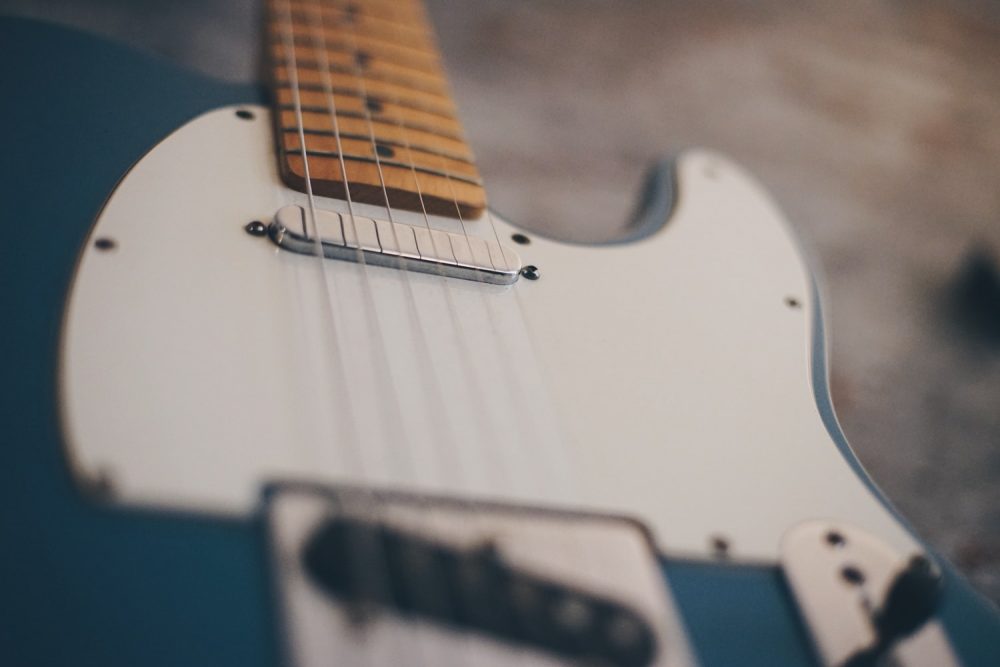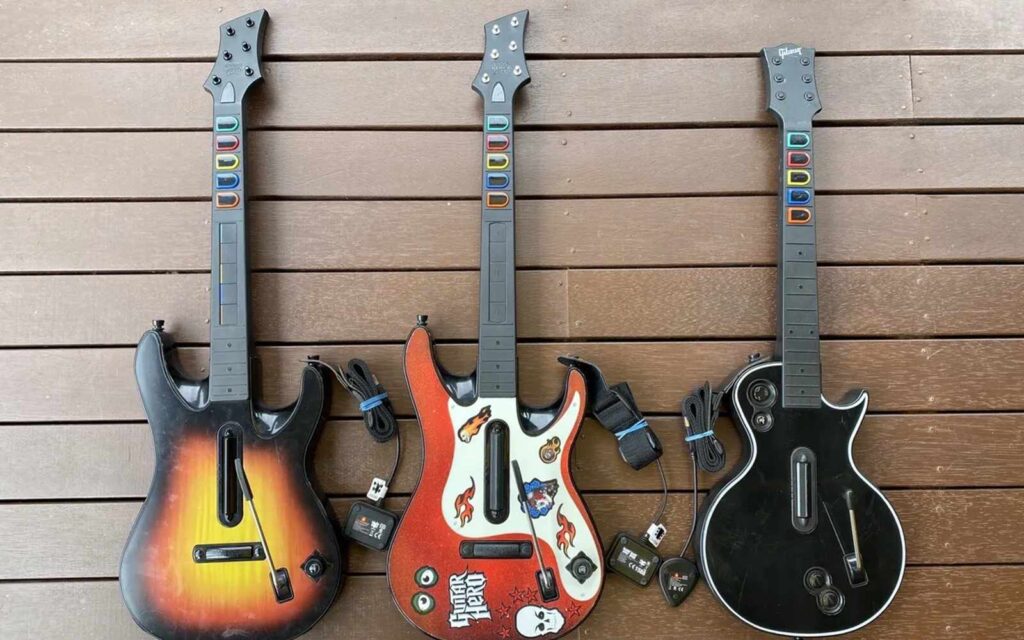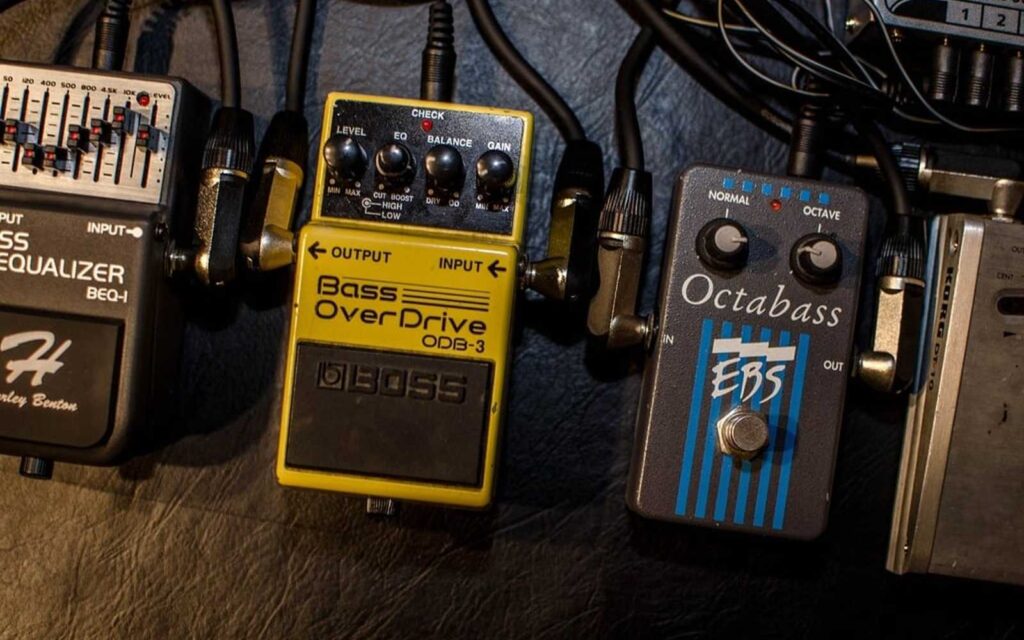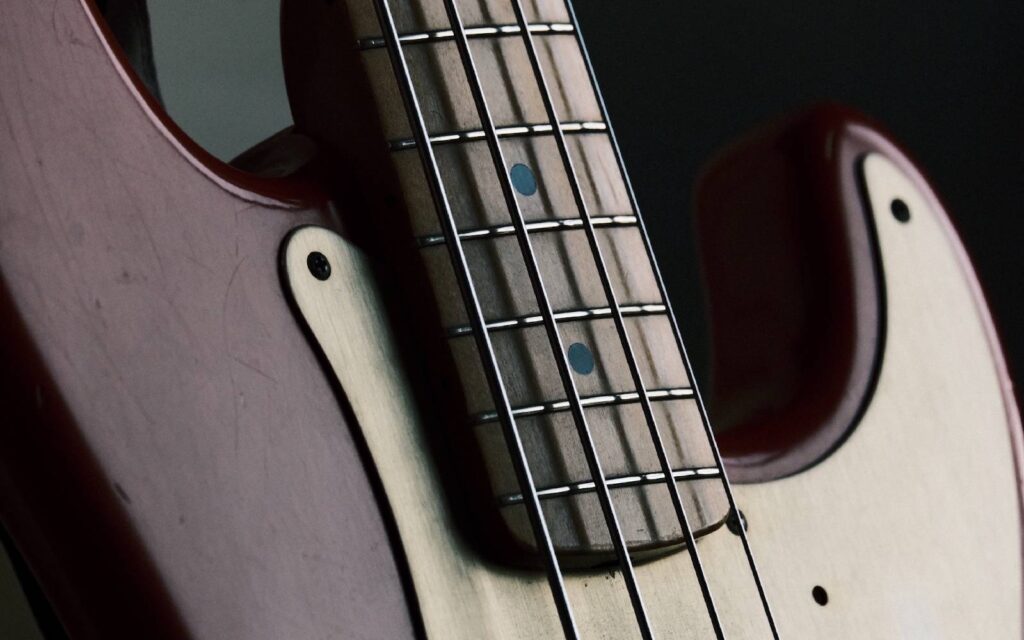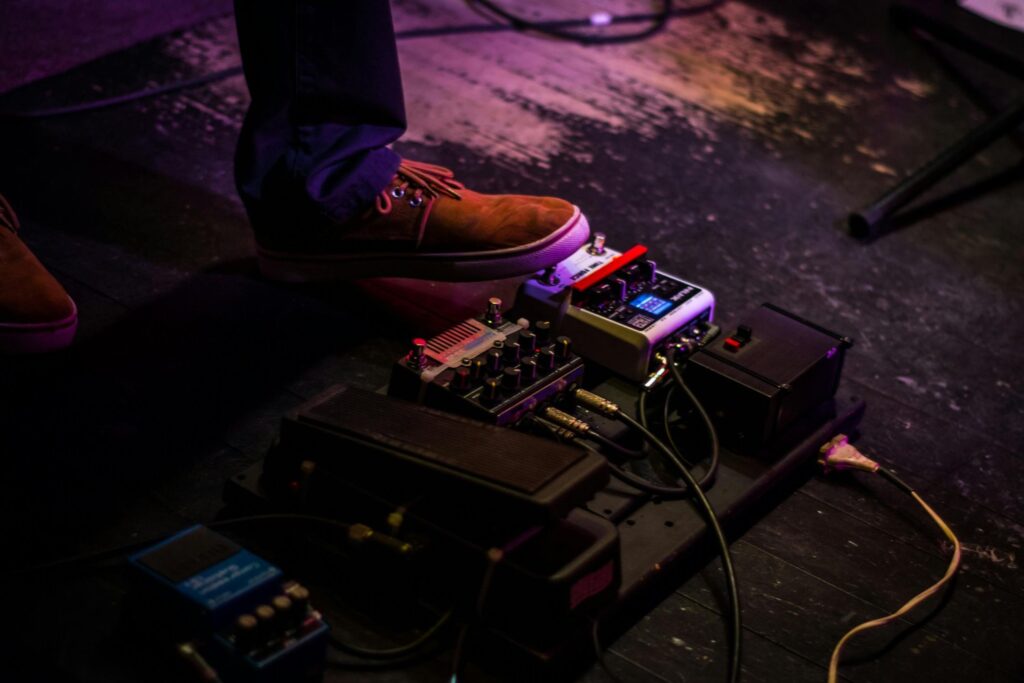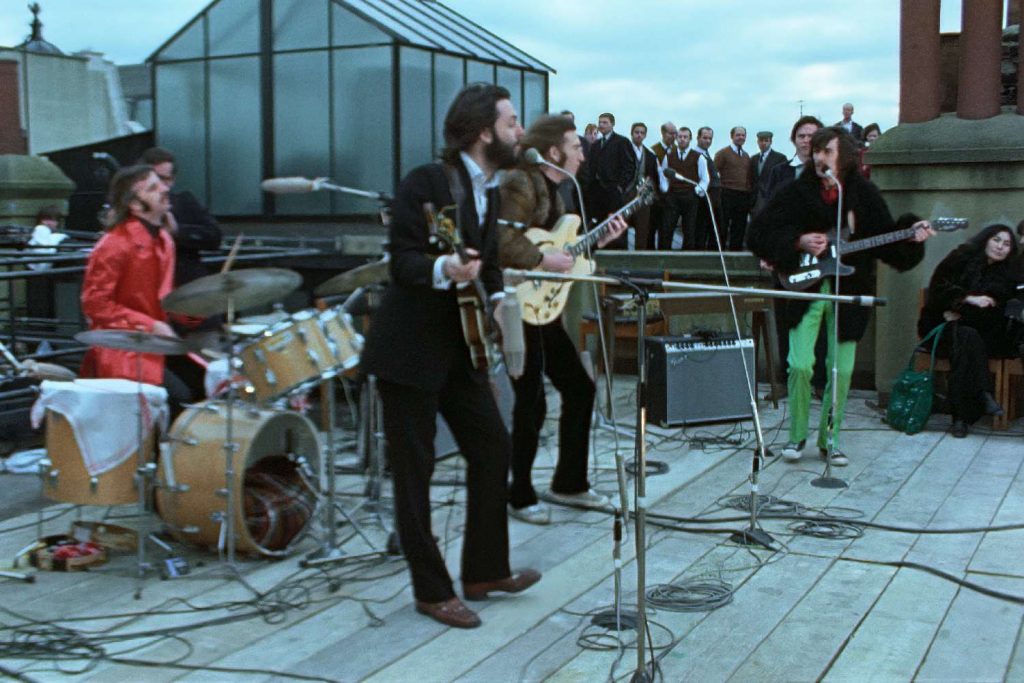From the Broadcaster to the Jaguar, explore the development of the popular pickup.
Since their introduction to the market in the early ’50s, single-coil pickups have retained their status as one of the most popular and malleable tools any electric player can have in their bag of tricks. Today, we’re getting stuck deep into the story of the development of the single-coil pickup over the years, as well as drawing the distinction between them and P-90s to find out exactly what it is that makes them sing.
Single coil pickup
Summary
- Single-coil pickups were first realised by the likes of Rickenbacker and Gibson in the 1930s and became widespread with the widespread embrace of the electric guitar in the 1950s.
- Fender became the first electric guitar manufacturer heavily associated with the single-coil pickup due to the popularity of guitars like the Broadcaster, Telecaster and Stratocaster.
- Gibson pioneered the P-90 as a single-coil alternative to suit the nature of the tonewoods they were using at the time, including laminated maple and mahogany.
Read more features, columns and interviews here.
Single coil pickups
The early ’50s saw the boom of the electric guitar and with it, a need to amplify those six strings. The endless pursuit for new tones inspired a range of different approaches to picking up the subtle tones of the solid-body electric, some of which have spawned entire genres whether they have been used as intended or not.
Clarence Leonidas “Leo” Fender was one of at the forefront of this new wave of sounds, producing the variations of the Telecaster before the Stratocaster, both of which had variations of single coil set-ups. Fred Gretsch Jr. was spearheading the Gretsch company at this time, who were producing hollow-bodied electrics with Dynasonic and DeArmond, while Ted McCarty, Gibson’s president from 1950 onwards, began releasing iterations of the Les Paul.
The first Les Pauls, identifiable by their trapeze tailpiece, featured P-90 pickups. When choosing guitars with pickups that all look so vastly different, it’s important to understand how and why they sound different, so we can match them with suitable stages of gain, mic preamps and even rooms. Let’s start where it all started: Fender’s Broadcaster.
The Broadcaster quickly became what is now deemed the ‘Nocaster’ due to legal issues, before Fender arrived at the ‘Telecaster’ in the early 1950s. The Telecaster features an uncovered, angled single-coil bridge pickup and a straight covered pickup in the neck position.
The angled bridge position emphasised the brittle brightness – or so-called ‘twang’ – that Teles are known for. The nickel cover, coupled with the neck position pickup made the neck pickup offer a warmer, fatter tone than the exposed bobbin and magnets of the bridge.
Single coil guitar pickups
Throughout the mid 1950s, Fender experimented with a third pickup in the Stratocaster. Again, Fender went with an angled bridge pickup, but this time with uncovered middle and neck pickups. The Strat’s most identifiable tones come from the second and fourth position on the five-way switch, offering sounds blending pickups.
Because of the positioning and sound of the pickups, and the phase relationship affects the pickups forces the two and four positions cancel a pretty hefty chunk of signal, resulting in a particularly compressed and smooth tone, contributed particularly to Fender’s allegiance bodies usually constructed of ash or alder.
Are P90 pickups single coil?
Gibson’s desire to produce a more heavy-set guitar out of mahogany, may have attributed to their need to invent the P-90 pickup. The P-90 is a much larger pickup than a more traditional single-coil. Because of the size, the bobbins and magnet are shorter but much wider, forcing a different sound. Generally, this makes P-90s warmer and more bassy, and matches the natural tones of the heavy mahogany bodies that Les Pauls are built from. The Dynasonics and Dearmond pickups that Gretsch was using at the same time are consequently a combination of both of these styles.
Hollow-bodied guitars are generally layered maple which produces a naturally brighter tone, where a full blown P-90 may become too muddy. Even aesthetically, Dynasonic style pickups are larger and bulkier like a P-90, but with more tightly wound poles like a Strat or Tele.
The P-90’s consistent popularity, coupled with progressive revisions and constant feedback from artists resulted in Fender producing a brand new guitar with its own P-90-esque pickup: the Jazzmaster.
Introduced at the 1958 NAMM show, the Jazzmaster was Fender’s flagship for the modern player. A modern, offset body design was matched with complex signal routing to offer players arguably the largest tonal pallet in a signal instrument to date. The Jazzmaster featured a rhythm and lead circuit, allowing two separate tones to be tweaked and dialled in. As the name suggest, the Jazzmaster was originally designed for jazz players who needed both the lush, warm tones of the rhythm circuit and the bitey, articulate lead tones offered by the lead circuit.
While maybe appearing similar, the construction and consequent sound of the Jazzmaster pickups and P-90s are very different. Where P-90 pickups have their magnets and coils separated, Jazzmaster pickups are wired more similarly to standard Strat or Tele single-coils, in that the coils wrap around the magnetic pole pieces. The coils are wound flatter and wider than a Strat and even P-90, and therefore offer a fatter and warmer sound.
One thing to keep in mind is that Jazzmaster pickups are traditionally reverse-wound, so the middle position of the lead circuit (where both pickups are engaged) provide the hum-cancelling effect that humbuckers do.
On the subject of hum and signal noise, as well as single-coils in general, it’s important to talk about the Fender Jaguar. Released in 1962 in the years following the Jazzmaster, the Jaguar was intended to be Fender’s new flagship model. Where the Jaguar differs though, is the notched side plates to improve RF shielding that filtered extraneous noise. The sound of a Jaguar sits somewhere between the Jazzmaster the Strat, offering a wide tonal palette like the Jazzmaster but more articulate ‘spank’ like the Strat.
Both offsets have been used to great effect and enjoyed resurgence during the ’80s and ’90s from a huge pool of alternative players such as Johnny Marr, Kurt Cobain, Troy Van Leeuwen, J Mascis, Thurston Moore and Rowland S. Howard to name a few. Jazzmasters and Jaguars are prone to more abrasive distortion than their cleaner, more tightly coiled counterparts and therefore more conducive to progressive or experimental sounds, assisted further by their many tonal capabilities in the wiring and circuitry.
It’s these few designs that inspired and have continued to be refined and re-invented (and re-issued) to the modern day. Many people treat humbuckers like an improved single-coil, and treat the noise and hum that comes along with high gain sounds from single coil pickups as an unmanageable mess, where truly, there’s things that single coils do that humbuckers simply can’t. These pickups offer everything from glassy, open cleans to grunge dirt, and depending on your guitar of choice, maybe all within the one instrument.
There’s a reason that despite humbuckers being an improved revision on paper, single-coils are still just as commonly used, and that’s the unique tone that this large range of pickups produce.
Need more help with finding out which pickup type suits your own needs? Head here.
